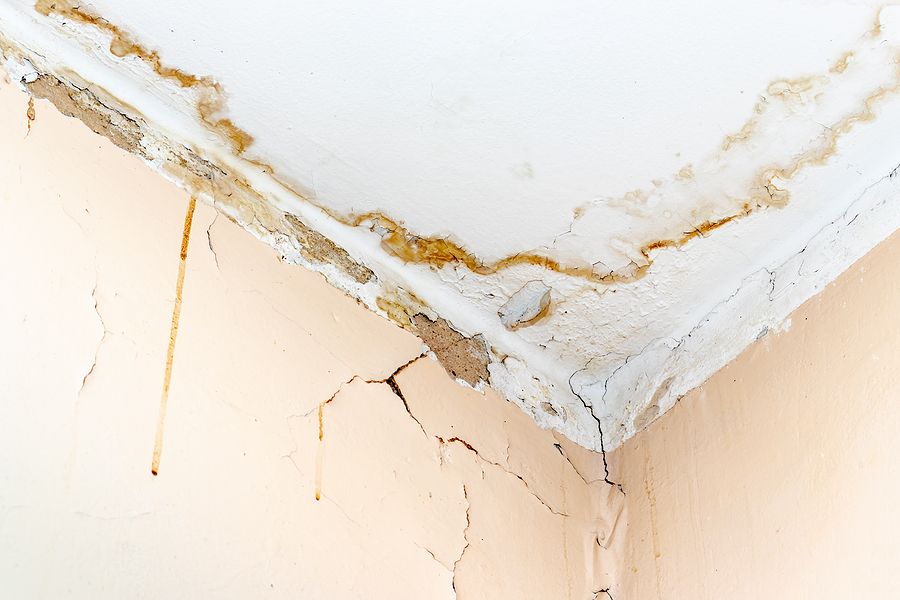Your Residential Primary Frequent Leak Factors: Analysis
Your Residential Primary Frequent Leak Factors: Analysis
Blog Article
They are making several great points on the subject of How to detect water leaks in your home as a whole in this content following next.

Leaks not just cause waste of water but can also cause unnecessary damages to your house and also advertise unwanted natural growth. By looking as well as comprehending for everyday circumstances that trigger leakages, you can shield your residence from future leakages and also unnecessary damage.
Intruding roots
Most water leaks start outside your home as opposed to inside it. If you notice a sudden reduction in water pressure, claim in your tap, take some time to head out as well as examine your yard. You could observe damp spots or sinkholes in your backyard, and that could mean that tree roots are getting into water lines causing water to seep out. You can have your plumber check for intrusion, particularly if you have trees or shrubs near your residential property.
Rusty water supply
This may be the cause of discoloration or warping on your water pipelines. If our plumbing system is old, take into consideration replacing the pipelines given that they are at a higher threat of deterioration than the more recent designs.
Defective Pipe Joints
The point at which your pipelines connect is frequently the weakest web link in the waterline. Pipe joints can wear away in time, resulting in water leakages. Unfortunately, the majority of pipeline joints are not conveniently noticeable. If you have noisy pipes that make ticking or banging sounds, especially when the hot water is switched on, your pipeline joints are most likely under a lot of pressure. It is a good idea to have your plumber evaluate your system once a year.
Instantaneous temperature changes.
Severe temperature level adjustments in our pipelines can create them to expand and acquire suddenly. This growth as well as tightening may trigger splits in the pipes, particularly if the temperature are below freezing. It would be best if you watched on how your plumbing functions. The existence of the formerly discussed scenarios regularly indicates a high danger.
Poor Water Connectors
At times, a leak can be created by loose tubes as well as pipelines that provide your devices. In situation of a water connections leak, you might discover water running directly from the supply line or pools around your appliances.
Obstructed Drains
Blocked drains pipes might be frustrating and inconveniencing, but they can often end up creating an overflow bring about rupture pipes. Maintain removing any materials that may drop your drains that could clog them to stay clear of such hassles.
All the above are sources of leakages but not all water leaks result from plumbing leakages; some leakages may originate from roof covering leaks. All leakages should be fixed quickly to stay clear of water damage.
Leaks not only cause waste of water however can also cause unneeded damages to your house and also advertise undesirable organic growth. By looking and also comprehending for everyday situations that cause leakages, you can protect your home from future leakages and unneeded damages. Today, we will look at 6 leakage creates that might be creating your pipelines to leak.
At times, a leakage can be created by loosened hoses as well as pipelines that provide your devices. In case of a water connections leakage, you may observe water running straight from the supply line or pools around your devices.
How To Check For Water Leak In Your Home
How To Check for Leaks
The average household's leaks can account for nearly 10,000 gallons of water wasted every year and ten percent of homes have leaks that waste 90 gallons or more per day. Common types of leaks found in the home are worn toilet flappers, dripping faucets, and other leaking valves. These types of leaks are often easy to fix, requiring only a few tools and hardware that can pay for themselves in water savings. Fixing easily corrected household water leaks can save homeowners about 10 percent on their water bills.
To check for leaks in your home, you first need to determine whether you're wasting water and then identify the source of the leak. Here are some tips for finding leaks:
Take a look at your water usage during a colder month, such as January or February. If a family of four exceeds 12,000 gallons per month, there are serious leaks.
Check your water meter before and after a two-hour period when no water is being used. If the meter changes at all, you probably have a leak.
Identify toilet leaks by placing a drop of food coloring in the toilet tank. If any color shows up in the bowl after 10 minutes, you have a leak. (Be sure to flush immediately after the experiment to avoid staining the tank.)
Examine faucet gaskets and pipe fittings for any water on the outside of the pipe to check for surface leaks.
Undetected water leaks can happen without the home or business owner even realizing. If you suspect a water leak, but not able to find the source. It is time to contact a professional water leak detection service, The Leak Doctor.
How To Find a Water Leak In Your Home
https://www.leakdoctor.com/blog/How-To-Check-For-Water-Leak-In-Your-Home_AE197.html

As an enthusiastic reader about Top Causes of Home Water Leaks, I figured sharing that excerpt was really useful. If you please set aside a second to share this blog post if you liked it. I am grateful for your time. Please come visit our site back soon.
Book Your Installation Report this page